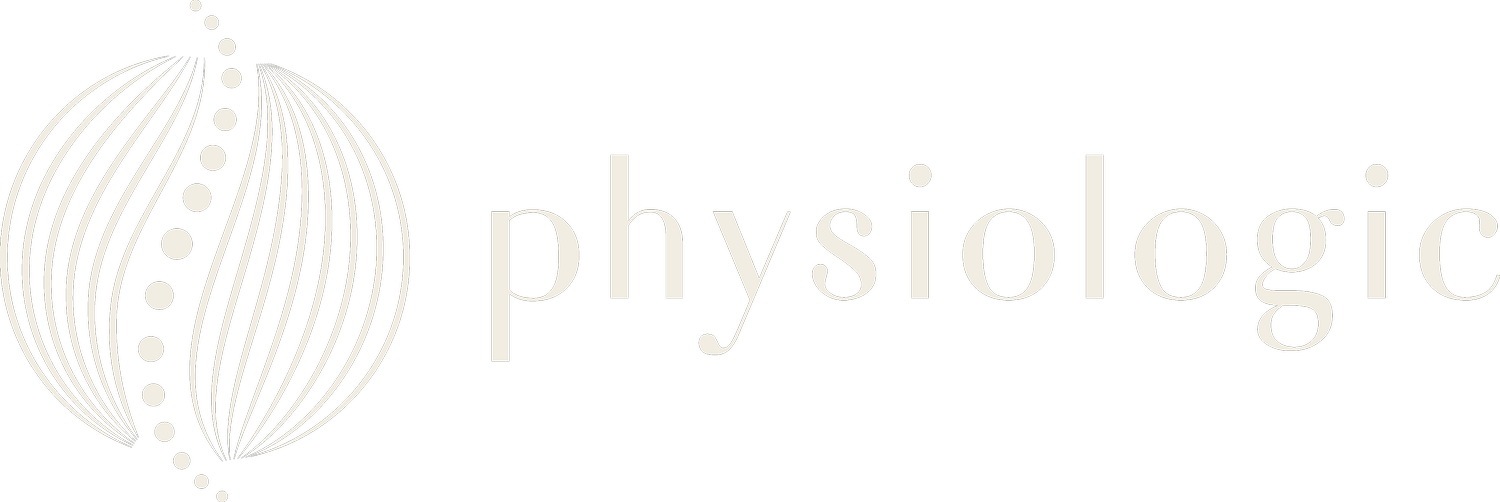Chronic Lower Back Pain Treatment and Management
Written by Ryan Tan, BSc Physiotherapy (AUS), Certificate of Spinal Manual Therapy (COSMT).Introduction
Chronic Lower Back Pain is defined as pain in your lower back that has persisted for over 6 months. Its development is complex, owing to multiple contributing factors (read about it here). This means that effectively treating and managing it requires a comprehensive approach to diagnosing, treating and managing.
Our job is to thoroughly assess YOU, to identify what factors apply to you, and figure out how we are going to work with you to overcome your long term pain.
Evidence Based Treatment
In our experience, supported by the latest research, the most effective solutions are multi dimensional! To put this simply, it means that the treatment plan should not only consist of one type of ‘treatment’, like spinal mobilisations, needling or exercise in isolation. Rather - it should encompass all the areas that need addressing. More often than not, graded exposure to exercise, and once limiting tasks, are a significant component of effective treatment of lower back pain.
Common Chronic Lower Back Pain Scenario
After a thorough assessment with a client, I would commonly recommend specific strengthening of certain muscles (Glutes & Core), complemented with manual therapy techniques to help relieve pain. Throughout each session, the theme I consistently bring, is to always reinforce the importance of active movement in one’s recovery journey.
The goal is to
address specific physical causes, for example weak glutes or ‘core’
reduce pain using Manual Therapy/Dry Needling. I find that this helps with client ‘buy-in’, and also helps increase compliance with rehabilitative exercise adherence (If I’m in less pain I’m more likely to be willing to move”).
Create a positive association between movement, pain reduction and improved function.
Here are some ways you can start to help yourself that would apply to most with Chronic Lower Back Pain.
Physical Contributors
Regular Exercise - make sure it’s one that you enjoy, and that doesn’t flare up your back pain. It could be as simple as walking, cycling, hiking, swimming etc.
Core Work - check out this previous blog post that shows you where to start!
Rehabilitative Exercises & Functional Strengthening. More often than not, it’s these exercises that will help your body function better, in turn, reducing your pain and keeping it away! Get a thorough assessment with our Physiotherapists to curate a rehab program specific for you - contact us here to learn more.
Non Physical Contributors
Managing Stress - why don’t you make exercise a healthy outlet for stress relief?
Positive Coping Strategies - Persistent Back Pain can be scary, but it’s rarely dangerous. Speak to one of our Physiotherapists to see how we can help!
Check out the Back Fact’s below which debunk some commonly held beliefs!
Mindfulness/Meditation using apps like Headspace.
Back Facts - Debunking commonly held misbeliefs around Lower Back Pain.
Where do I start?
We know getting your head around Chronic Lower Back Pain is confusing, and that makes it difficult to know where to start. If possible, it’s always best to get a thorough assessment by a Physiotherapist experienced in the effective management of Chronic Lower Back Pain. He/She should be able to guide you in the right direction towards treating your pain, and getting your active lifestyle back on track.
About the Author
This blog was written by our Physiotherapist and Clinical Director, Ryan Tan. His main clinical interests lie in treating spinal conditions and utilizing strength training principles in his rehab programs. Looking to bridge the gap between your traditional physio ‘treatment’ and building a strong, injury-proof body? Reach out to us here to see how we can help!


